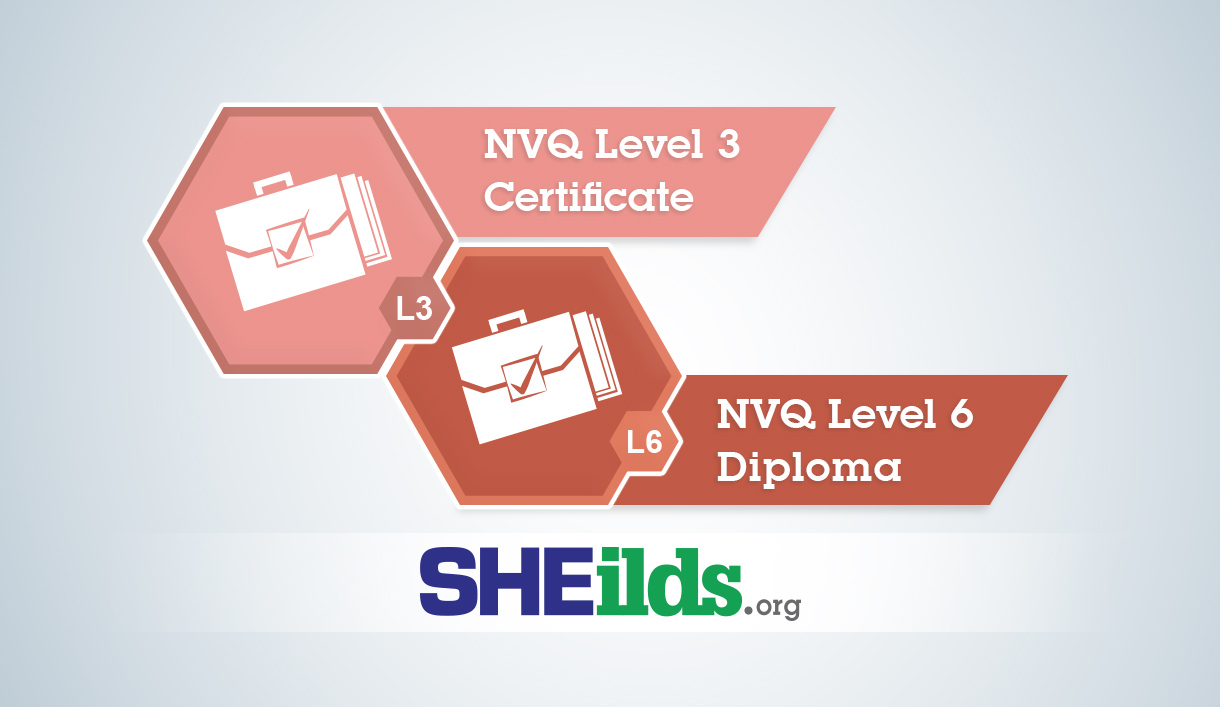How to Conduct Effective Safety Training Sessions
Effective Safety Training
Safety training is a critical component of any organisation’s safety culture. It helps employees understand the risks associated with their work and provides them with the knowledge and skills to perform their tasks safely. In this article, we will discuss how to conduct effective safety training sessions that will engage and educate employees, ultimately contributing to a safer work environment.
1. Identify the training needs: Before conducting effective safety training sessions, it’s essential to identify the specific training needs of your employees. This can be done through a training needs analysis, which involves evaluating the job tasks, potential hazards, and the knowledge and skills required to perform the tasks safely. To enhance your ability to carry out a comprehensive training needs analysis and lead safety initiatives effectively, consider enhancing your own skills with the IOSH Managing Safely certification. This widely recognised qualification equips individuals with practical knowledge in risk management, hazard control, and incident investigation. By obtaining the IOSH Managing Safely certification, you demonstrate your commitment to fostering a safe work environment and the development of a proactive safety culture within your organisation. With your leadership and expertise, you can ensure that safety training is tailored to address the unique challenges faced by your workforce, leading to reduced incidents, improved productivity, and heightened overall well-being.
2. Develop clear objectives: Once you’ve identified the training needs, establish clear objectives for the training session. Objectives should be specific, measurable, achievable, relevant, and time-bound (SMART) and should align with your organisation’s overall safety goals.
3. Choose the right training methods: Select the most appropriate training methods for your audience and objectives. Options include eLearning, on-the-job training, or a combination of these methods. Consider the advantages and limitations of each method and how they can best meet the needs of your employees.
4. Use engaging and interactive content: Create engaging and interactive training content to maintain participants’ interest and encourage active learning. Incorporate real-life examples, case studies, and scenarios that are relevant to your employees’ work environment. Utilise multimedia elements, such as videos, images, and interactive quizzes, to enhance the learning experience.
5. Encourage participation and discussion: Encourage employees to actively participate in the safety training sessions by asking questions, sharing their experiences, and discussing safety concerns. This can help to create a more dynamic learning environment and promote knowledge retention.
6. Monitor progress and provide feedback: Throughout the safety training session, monitor participants’ progress, and provide constructive feedback on their performance. This can help to identify areas where additional support may be needed and ensure that learning objectives are being met.
7. Evaluate the effectiveness of the training: After the training session, evaluate its effectiveness using various methods, such as participant feedback, knowledge assessments, and observing changes in workplace behaviours. This information can be used to identify areas for improvement and inform future training initiatives.
How Effective Safety Training makes a Difference
Conducting effective safety training sessions is essential for promoting a safe and healthy work environment. By identifying the specific training needs of your employees, developing clear objectives, and using engaging and interactive content, you can ensure that your safety training sessions are both informative and impactful. Remember to monitor progress, provide feedback, and evaluate the effectiveness of the training to continuously improve your organisation’s safety culture.











Leave a Reply
Want to join the discussion?Feel free to contribute!